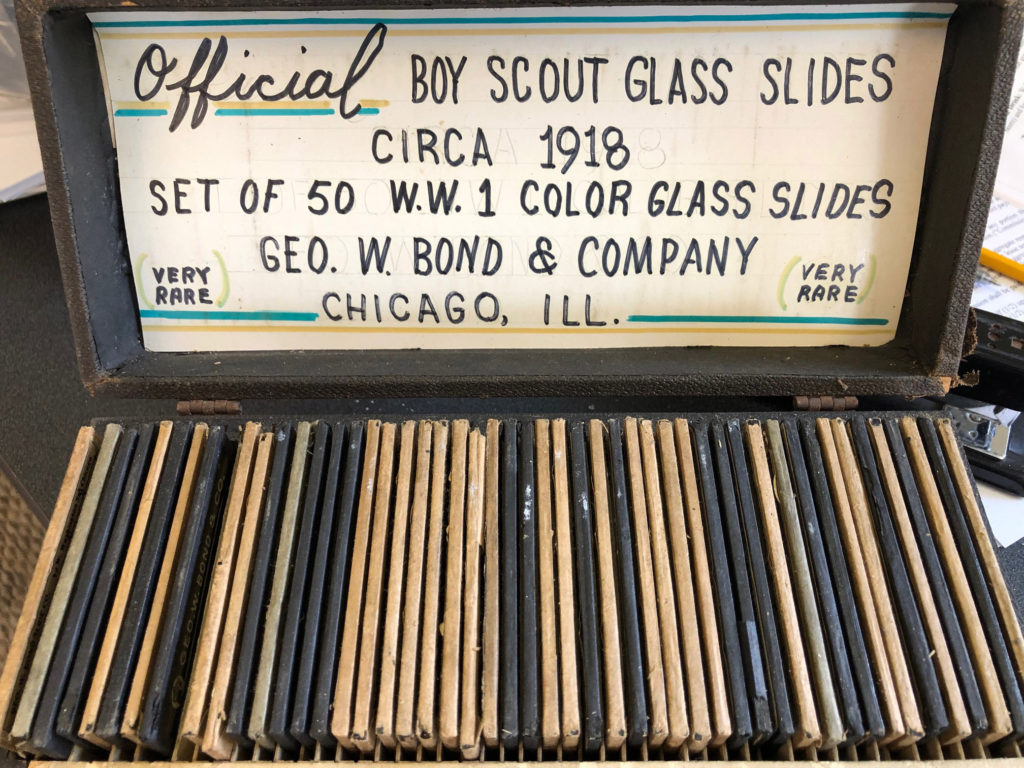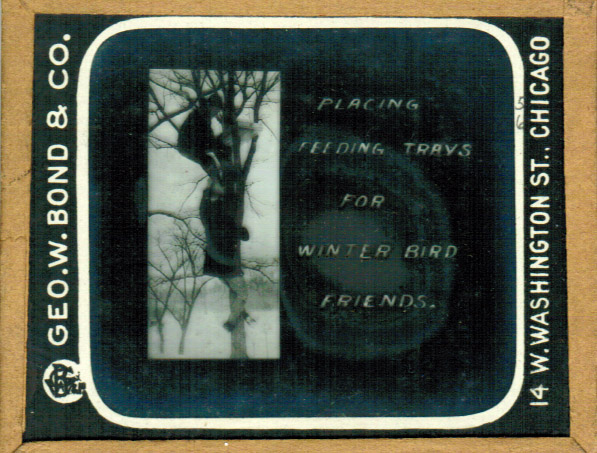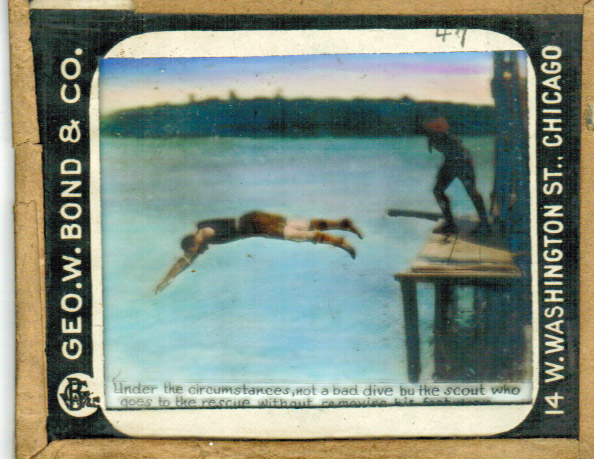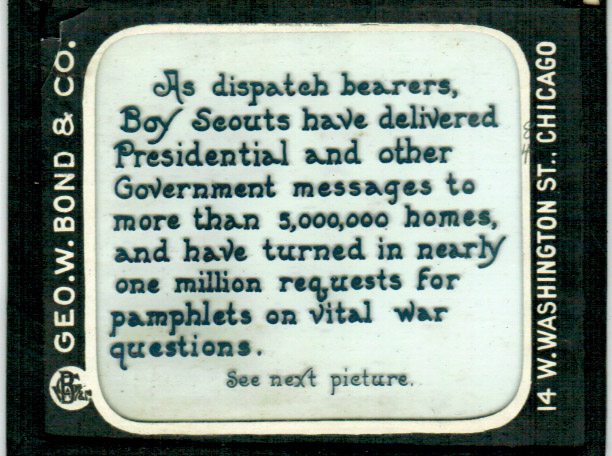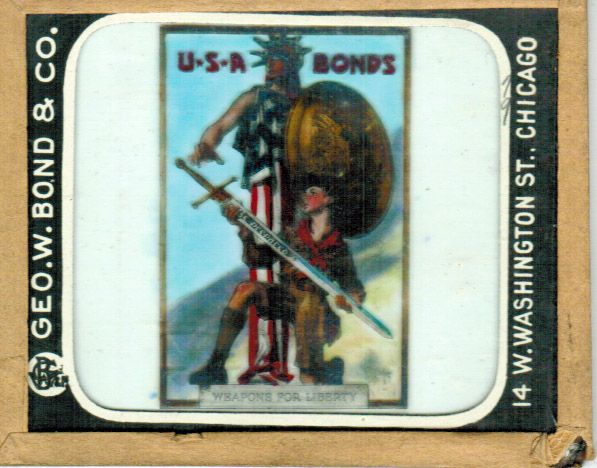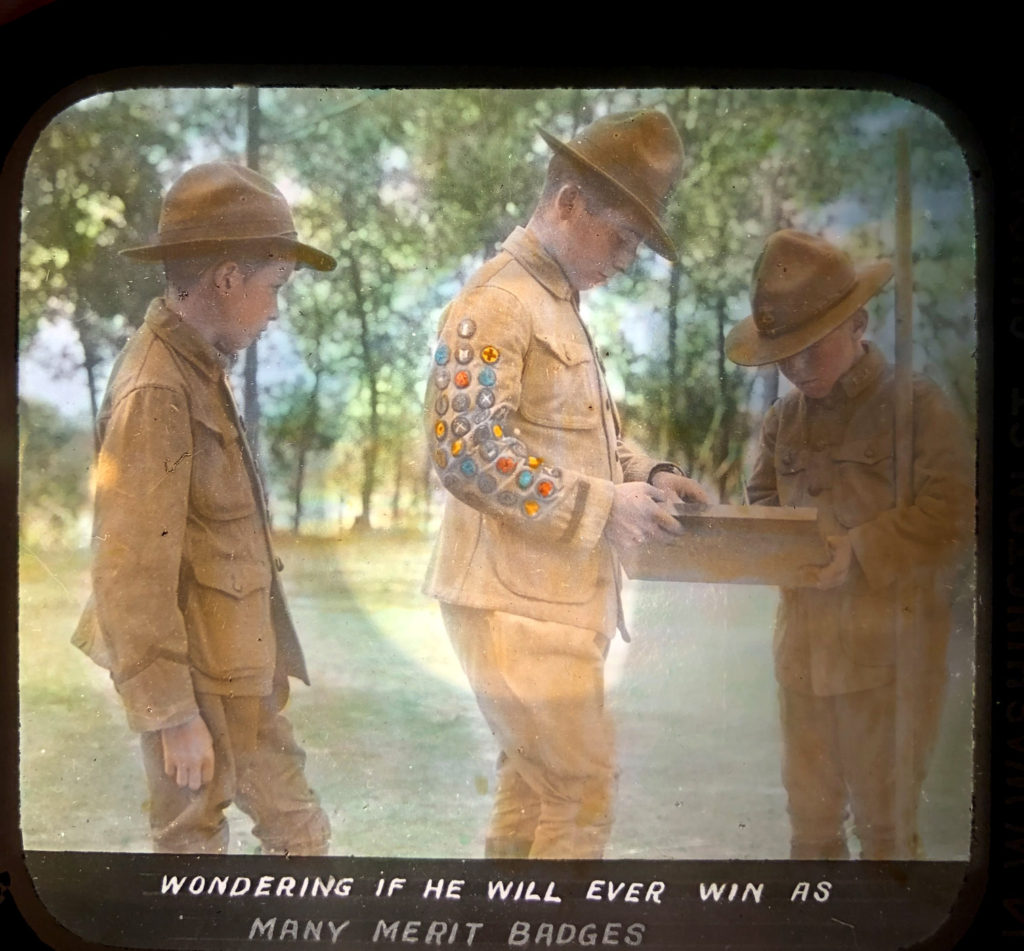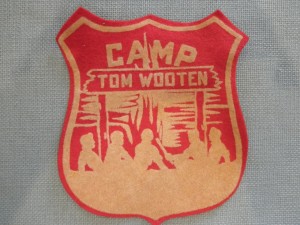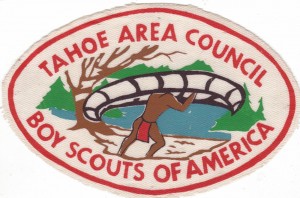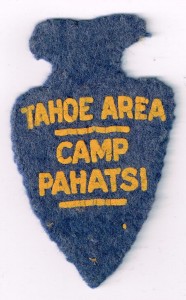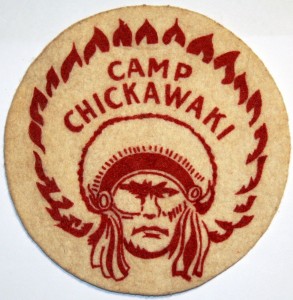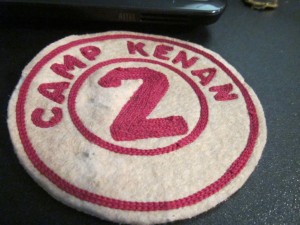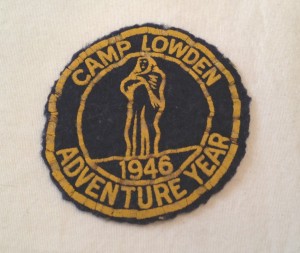Silver Bay – BSA’s Brownsea
The first BSA camp was held at the YMCA’s Silver Bay facility near Lake George, NY from August 16 – September 1, 1910. Like what Baden-Powell did earlier in England at Brownsea Island, the Scout leaders tested out the concept and interest in a summer camp experience for youth.
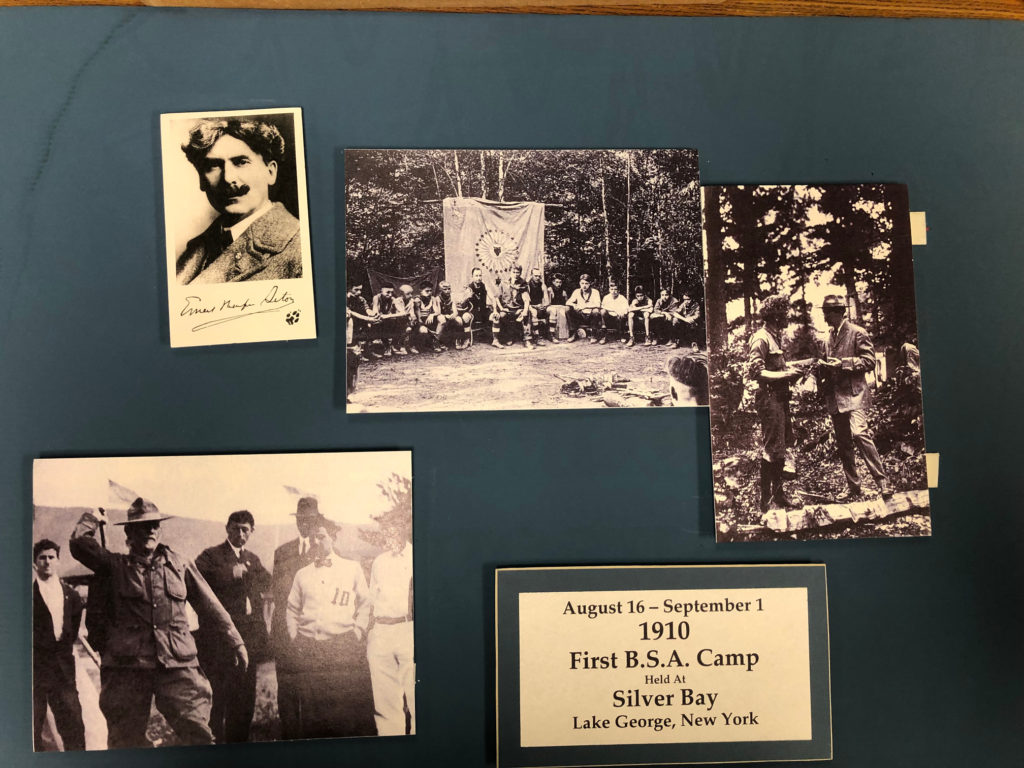
In the earliest days of the BSA, before James West was hired as Chief Scout Executive, it was Edgar Robinson Director of the YMCA in New York city, that was helping to administer the developing organization. Actually, Robinson was involved in the selection, recruitment and hiring of West.
From the BSA National Jamboree Silver Bay exhibit syllabus:
… in 1910 Robinson, Seton (Founder of the Woodcraft Indians) and others, like Dan Beard (Founder of Sons of Daniel Boone), had become national leaders in founding the Boy Scouts of America. This caused camp plans to shift, and an experimental Woodcraft Boy Scout Camp resulted.
Campers were instructed in advance on what equipment was needed for camp through the YMCA newsletter Association Boys. Among the items listed were a ‘khaki suit and khaki hat.’ This was the first effort toward any type of standard uniform for American Scouts.
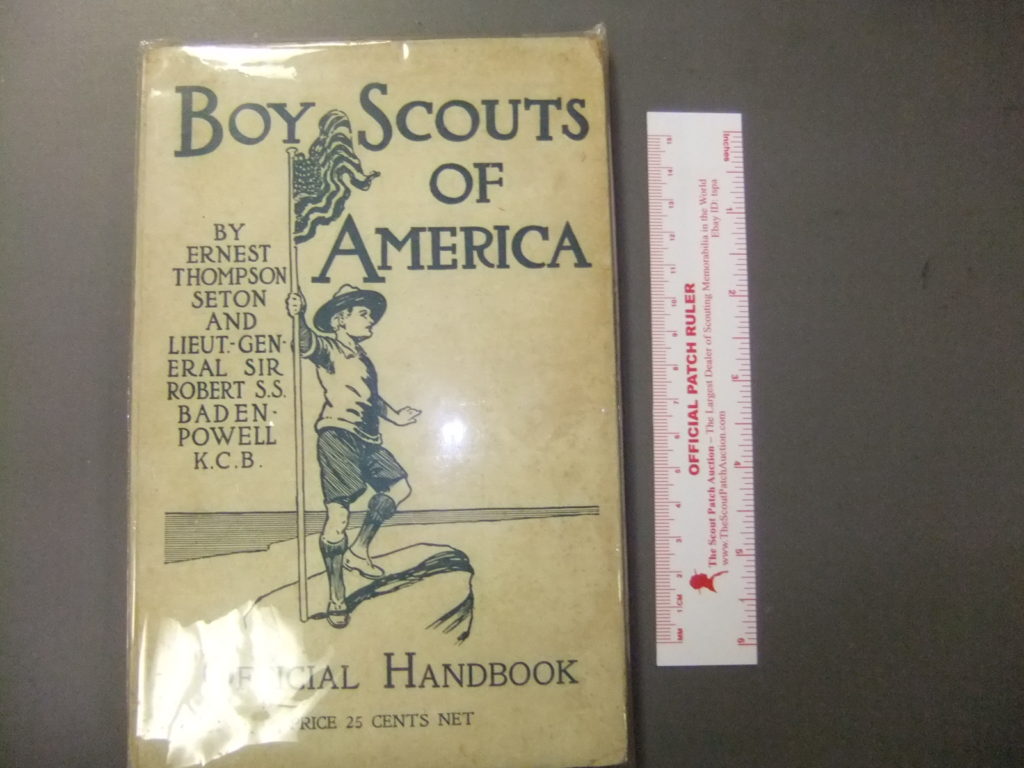
Campers were told to bring five books with them to camp. Besides the Bible, there was Alice Fletcher’s book on Indian stories and songs, and Horace Kephart’s classic on camping. Both authors were considered the leading experts in their fields. Seton’s Birch Bark Roll and Baden-Powell’s Scouting for Boys were also listed. But by the time of the camp, the BSA’s first Handbook for Boys had come out. The new handbook combined parts of The Birch Bark Roll and Scouting for Boys into one book and credited both men. Several copies of the first Handbook for Boys were brought to the camp.
From Silver Bay syllabus excerpt courtesy of staff director Kelly Williams
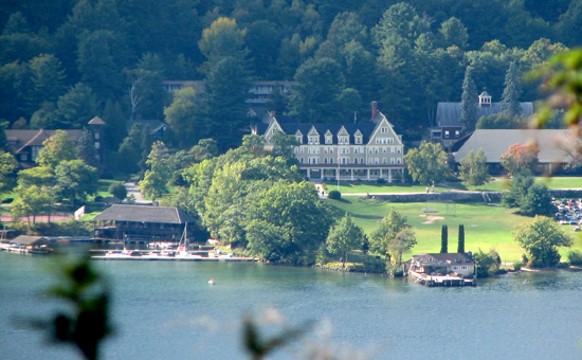
of the lake. Picture courtesy of Kelly Williams.





